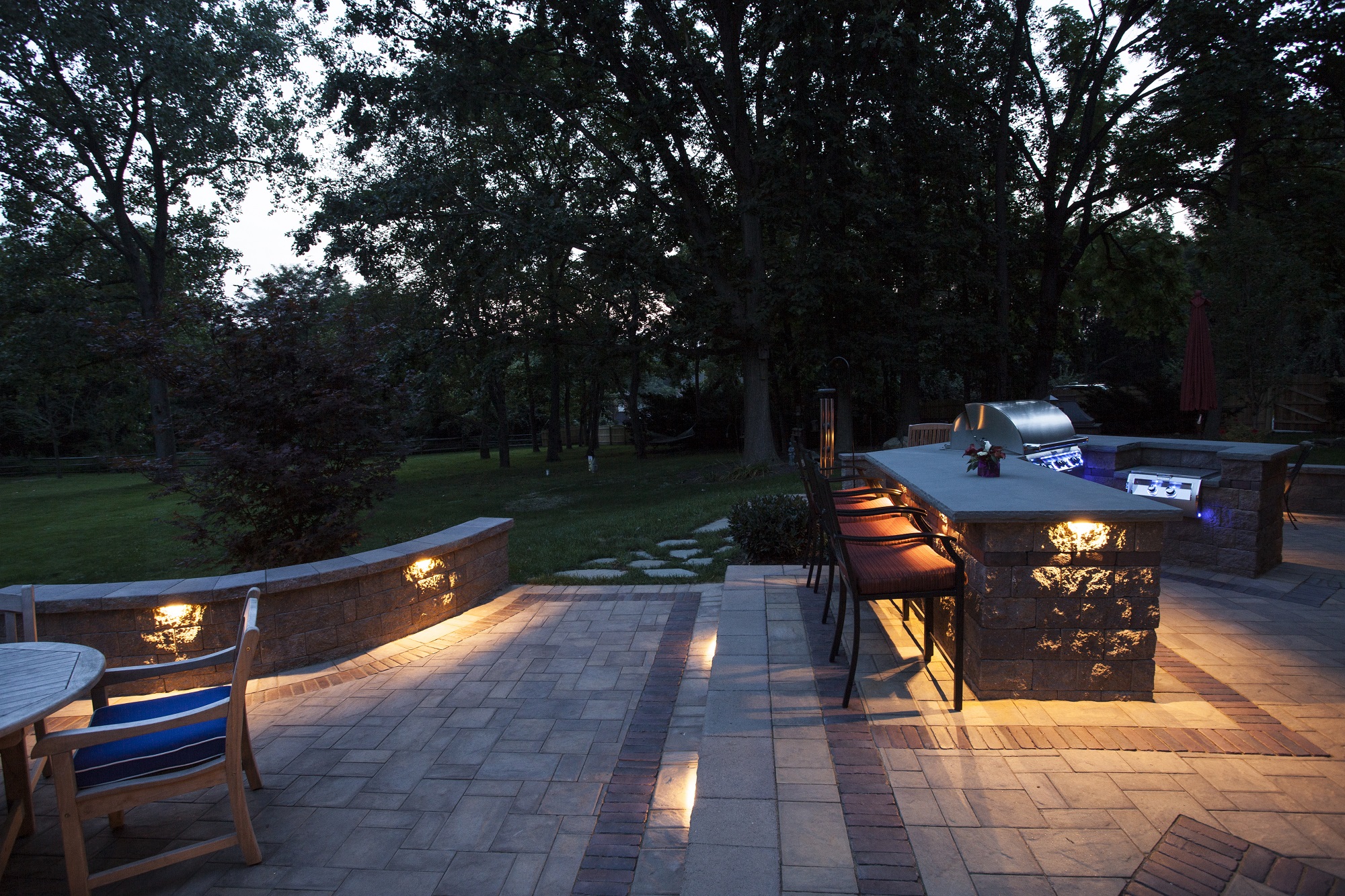
Outdoor lighting isn’t just about safety and security. There’s no reason the curb appeal of your home should be limited to the daytime. The tree you’ve loved, the garden you’ve worked hard to cultivate, the pond you bought with your hard-earned money, and all the other landscape features you’ve painstakingly chosen for your home can achieve some of their best effects at night with good outdoor landscape lighting.
Low Voltage Outdoor Lighting
The electricity running into your home holds a potentially dangerous 120 volts. To create low voltage outdoor lighting you’ll need to install one or more transformers. This will reduce the voltage of your outdoor landscape lighting to a tame 12 volts. If your wiring gets exposed by inclement weather and the abuse of the elements, this voltage poses no danger to you, your family members or your pets.
The downside to the low voltage outdoor lighting is that light fixtures become dimmer the further away they are from the transformer. If this becomes a problem, there are a number of easy solutions. You can upgrade to a higher-rated transformer or a heavier-gauge cable. You can use multiple transformers. You can also simply reduce the number or the wattage of your light fixtures. Moving the transformer and/or rearranging the layout of the lighting system can reduce the cable length to each fixture, minimizing the dimming path. You might also consider using the dimming as an intentional effect. This is popular in path lighting, where each light fixture gets stronger as you move closer to your home.
Outdoor Landscape Lighting: Design and Installation
Deciding what you want your lighting to do is the first step when choosing and designing your lighting system. Additional convenience and safety entering your home at night, adding nighttime curb appeal to your home and simply creating a romantic mood are all common goals for outdoor landscape lighting. There are three main categories of lighting but many outdoor lighting designs use some combination of the three.
- Path Lighting—Uses fixtures that focus light onto your paths and walkways. Primarily for safety, this lighting still creates aesthetically pleasing lighting effects for your outdoor landscape.
- Accent Lighting—Still focuses light onto a specific object or landscape feature, but allows for more peripheral lighting and dim illumination of surrounding areas. Creates curb appeal but emphasizes individual areas like a tree or a garden.
- Spread Lighting—Just as the name suggests, spreads light amongst your outdoor landscape and creates a more general mood. Certain areas will still be emphasized but generally isn’t focused around a single object or feature.
Ready to start your outdoor lighting?
Find ProsThe Cost of Low Voltage Outdoor Lighting
The lighting design of low voltage outdoor lighting isn’t the only reason for its popularity. The installation of this lighting system is relatively easy and cheap. A low voltage cable can be safely and efficiently buried in shallow trenches in your yard or run by conduit. Installing the wiring for any type of outdoor landscape lighting is likely to require an electrician or landscaping contractor. You might have to pay a couple hundred dollars for basic wiring installation or $1,500 or more for comprehensive outdoor lighting design and installation. Once the wiring is in place, however, you can purchase various low voltage outdoor lighting for as little as $20 or as much as a few hundred dollars, depending on the type and decorative flourishes of the individual fixtures.
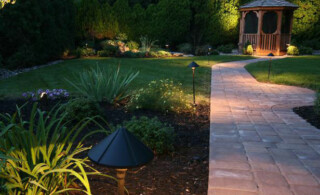 Light It Up with Landscape Lighting
Light It Up with Landscape Lighting 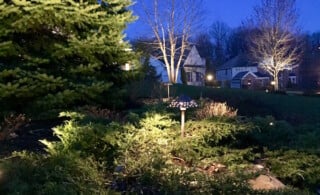 The Decorative Eyes of an Outdoor Lighting Contractor
The Decorative Eyes of an Outdoor Lighting Contractor 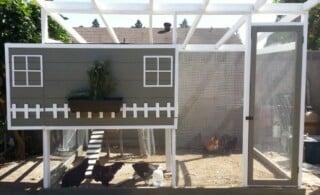 Raising Chickens at Home
Raising Chickens at Home 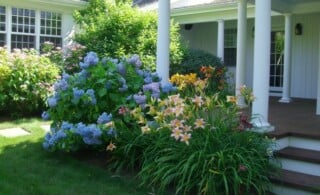 Spring Garden Flower Tips and Suggestions
Spring Garden Flower Tips and Suggestions 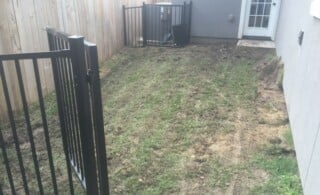 Plan Ahead for a Better Yard
Plan Ahead for a Better Yard 

Are You Familiar With This Topic? Share Your Experience.